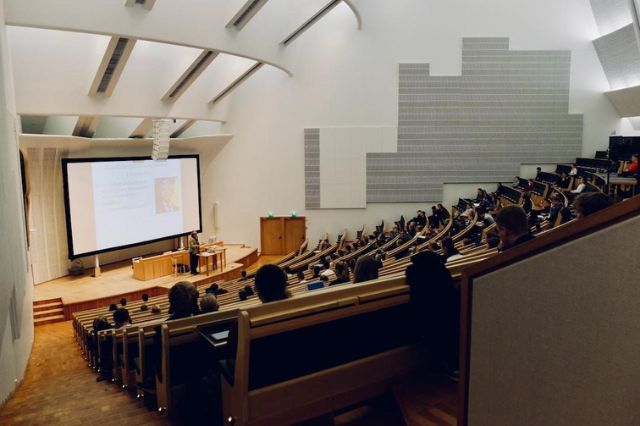In recent years, the conversation around student loan debt and its impact on individuals and the economy has been a topic of intense debate. As proposals for student loan debt cancellation gain traction, it’s crucial to examine the potential effects of such a policy on higher education institutions.
This article delves into the various aspects of how debt cancellation could influence colleges and universities. Keep reading to learn more about its potential impact.
The Policy Debate: Examining the Prospects of Debt Cancellation
With the increasing burden of student loan debt, many are asking, “Is the Biden Administration going to cancel debt?” This question is at the heart of a policy debate that could significantly impact higher education institutions. The possibility of debt cancellation presents a double-edged sword for these institutions.
On one hand, it could lead to a surge in enrollment, as prospective students might be encouraged by the alleviation of a financial burden. On the other hand, it raises concerns about the long-term financial sustainability of colleges and universities, particularly if federal funding does not adequately compensate for the loss of tuition revenue.
Furthermore, the potential for debt cancellation could alter the behavior of both students and higher education institutions. Students might be more inclined to take on debt, assuming it will be forgiven in the future, leading to riskier financial decisions.
Higher education institutions might increase tuition and fees, anticipating that the government will shoulder more of the cost. This scenario could lead to an inflationary cycle in higher education costs, counteracting the benefits of debt relief.
The Economic Impact on Higher Education

The cancellation of student loan debt could have far-reaching economic implications for higher education institutions. For public universities, which often rely on state funding, the impact might be less direct but still significant. These institutions could face pressure to keep tuition low, especially if the narrative around debt cancellation emphasizes affordability and accessibility in higher education.
Private institutions, particularly those not in the top tier, might face more significant challenges. These colleges and universities often rely heavily on tuition and fees. Debt cancellation could lead to a shift in student preferences toward public institutions or cause a reassessment of the value of expensive private education, potentially impacting these institutions’ enrollment and financial health.
The Social Implications and Institutional Responses

Beyond the economic considerations, there are important social implications to consider. Debt cancellation could democratize access to higher education, potentially leading to a more diverse student body. This diversity could enrich the learning environment and broaden the societal impact of higher education institutions.
In response, colleges and universities might need to adapt their offerings and strategies. This could include investing in more robust financial aid programs, focusing on inclusivity and accessibility, and enhancing the quality of education to justify their costs. Institutions might also need to diversify their revenue streams, reducing reliance on tuition by increasing endowments, donations, and funding for research and development.
The Long-Term Prospects: Sustainability and Adaptation
In conclusion, the cancellation of student loan debt would represent a significant shift in the landscape of higher education. While it offers the promise of increased accessibility and reduced financial burden for students, it also poses challenges to the financial sustainability of higher education institutions.
These institutions would need to adapt to a changing environment, balancing their financial health with the social imperative of providing accessible, high-quality education. The long-term success of such a policy would depend on a careful balance between student needs and institutional capabilities, ensuring that the benefits of higher education remain accessible to all while maintaining the financial and educational integrity of these vital institutions.



Leave a Comment